Eight of Scotland's most beautiful privately owned islands
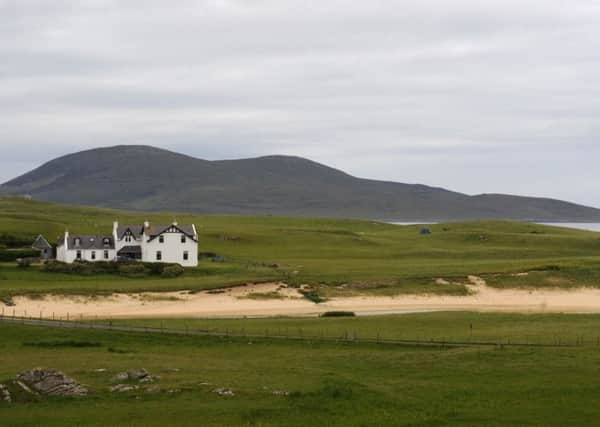

There are 790 offshore islands in Scotland, each with their own unique history. For those lucky enough to own one, they are a private refuge away from the stresses of the 21st century society.
We look at eight of the most idyllic private islands Scotland has to offer.
Taransay
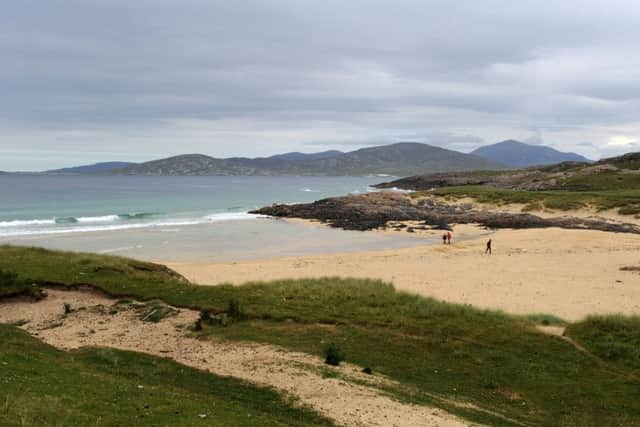

Location: Outer Hebrides
Owned by: Adam and Cathra Kelliher
Advertisement
Hide AdAdvertisement
Hide AdTaransay, located in the Outer Hebrides, extends across 3,445 acres and is owned in its entirety by the Kelliher family.
The island was made famous as the setting for the television series Castaway which challenged 36 people to build a community on the island - only 29 people lasted the whole 12 months.
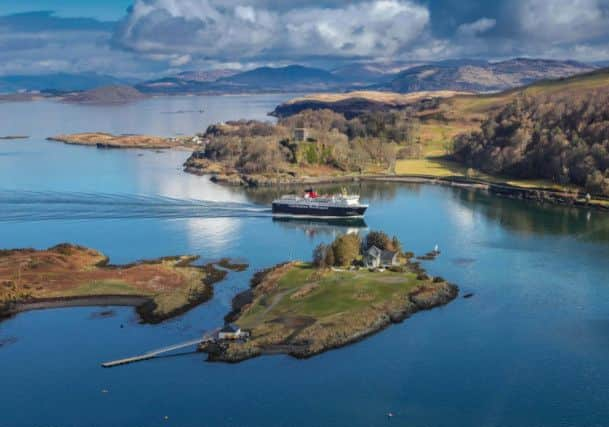

Taransay is made up of two islands, connected together by a peninsula of sand. At one point in time, around 70 people lived on the island, but by 1961, numbers had fallen to five members of the Macrae family before it finally became uninhabited.
The island, which is named after Saint Tarran, is home to the remains of two chapels. An ancient tradition surrounding the island states that if women were buried in the graveyard of St Keith’s chapel or men in St Tarran’s, their bodies would be disinterred overnight.
Mr Kelliher, a New Zealander, is based in London but his family also own the Borve Lodge and estate in the west of Harris while Equateq owns a factory in Callanish on Lewis.
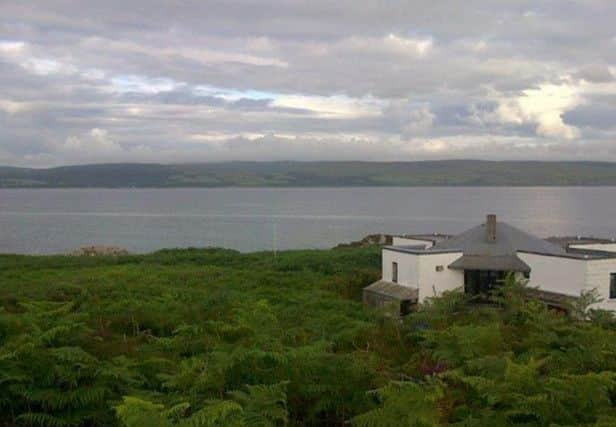

Torsa
Location: Between the Isle of Luing and Degnish Point on the Scottish mainland
Owned by: Mark Struthers
The private island of Torsa is nestled between the Isle of Luing and Degnish Point and is one long and half a mile wide. The island was uninhabited until the 1960s when one home was built on its land and subsequently rented out to holidaymakers. Its predominantly used as farm land for cattle. Wildlife are on the main attractions of Torsa with dolphins and porpoises visible from the land.
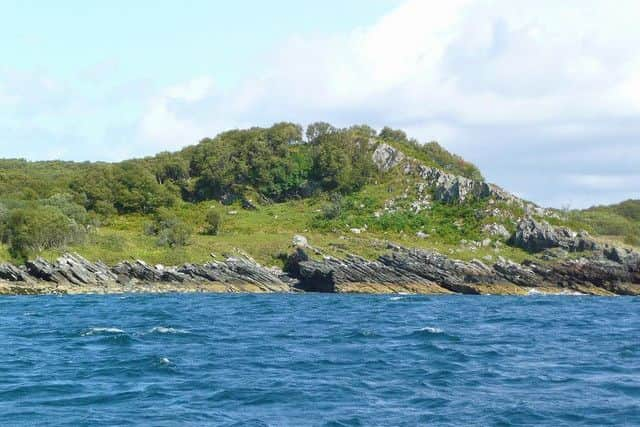

Island of Shuna
Location: West of Scotland
Owner: Eddie Gully
The Island of Shuna lies just 100 miles north-west of Glasgow, as part of the Slate Islands. All in, it’s only three miles long by one-and-a-half wide but boasts a large amount of woodland. Shuna Castle is one of few buildings on the land and was created as recently as 1911, by adventurer and philanthropist George Alexander MacLean Buckley, with no expense spared. However, the castle was abandoned in the 1980s and is now crumbling away.
Advertisement
Hide AdAdvertisement
Hide AdNowadays it’s a destination for explorers with five cottages available for those who wish to spend time there and plenty of wildlife and water sports activities to enjoy. The accommodation is managed by Rob and Kathryn James who are also the only permanent population on the island.


Gigalum
Location: Argyll (just off Isle of Gigha & Kintyre)
Owned by: For sale
Gigalum Island has been up for sale for over a year, with an asking price set at £450,000.
The 19-acre island is home to a modern house, private beaches and its own jetty. Surrounding islands include Sir Paul McCartney’s Mull of Kintyre home and the Isle of Gigha, the most southerly Hebridean Island which has a population of just 110.
Gigalum comes with white sand beaches, woods and areas of wildflower.
Seals and dolphins can be spotted on the rocks at the south of the Island while otters also live on the shore - making Gigalum a hotspot for Scottish wildlife.
Holm of Huip
Location: Orkney
Owners: For sale
Holm of Huip is one of the smaller islands of the Orkney group which lie 10 miles north of the Scottish mainland. The island stretches across 62 acres of land and is only accessible by boat or helicopter but has no electricity, running water or habitable buildings like many of the other private islands.
Holm of Huip is thought to have been occupied at one time by Vikings, with archaeological sites containing centuries old artifacts located on the land. It was previously owned by Pedro Avrez director of Vladi Private Islands before it was bought over by a German family and subsequently put up for sale.
Due to Scottish property laws, permanent living on the island isn’t possible, with visitors only allowed to stay for up to three months in a year.
Ailsa Craig
Location: Firth of Clyde
Advertisement
Hide AdAdvertisement
Hide AdManaged by the The Royal Society for the Protection of Birds
Ailsa Craig is one of Scotland’s most famous private islands. It’s of particular importance as the home of Europe’s biggest gannet colony and an increasingly significant number of puffins.
Climbing out of the Firth of Clyde, just 10 miles off the Ayrshire coast, it’s a volcanic island home to a ruined 16th-century castle, a lighthouse, four cottages used for lighthouse men and a granite quarry which is used to make stones for the sport of curling.
It was put up for sale for £2.5m by the Marquess of Ailsa and is now managed as an RSPB Nature Reserve.
The island was previously owned by business tycoon Bobby Sandhu who had hoped to develop a five-star hotel on its land but later claimed that planning regulations made this impossible.
Tanera Mor
Location: Summer Isles
Owners: Lizzie Williams, Richard Williams
Tanera Mor was the last remaining inhabited island of the Summer Isles archipelago, a group of islands lying just 1.5 miles off the northwest coast of Scotland.
Its coastline stretches across seven miles and encompasses cliffs, coves, beaches and a fish farm, which is owned and operated by Scottish Sea Farms. The Isle is the biggest of the islands and continues to attract around 5,000 visitors a year.
1973 cult film The Wicker Man was inspired by the setting which was first occupied by the Vikings before becoming home to 120 residents at the end of the 19th century. The number of residents began to fall after the First World War and Great Depression.
Advertisement
Hide AdAdvertisement
Hide AdLizzie and Richard Williams are now looking to sell the island and its holiday cottage business.
Rudh-A-Chruidh
Location: West Coast
Owner: Unknown Scottish businessman
Rudh-A-Chruidh is one of Scotland’s smallest inhabited islands with four acres of land. The island is linked to the bigger isle of Kerrera by a causeway at low tide.
The island is home to a custom-built house, designed by architect Norman Hickson the aim of which was to blend in with its surroundings.
Due to being close to the mainland, Rudh-A-Chruidh enjoys a climate warmed by the Gulf Stream.
DOWNLOAD THE SCOTSMAN APP ON ITUNES OR GOOGLE PLAY
